Seen this on Carefree Sunshine?
jim1961 / Central Pennsylvania / Zone 6
9 years ago
Featured Answer
Sort by:Oldest
Comments (9)
jim1961 / Central Pennsylvania / Zone 6
9 years agostrawchicago z5
9 years agoRelated Professionals
Tempe Landscape Architects & Landscape Designers · Accokeek Landscape Architects & Landscape Designers · Lowell Landscape Architects & Landscape Designers · Willowick Landscape Architects & Landscape Designers · Boca Raton Landscape Contractors · Brockton Landscape Contractors · Broomfield Landscape Contractors · Coeur d'Alene Landscape Contractors · Longmont Landscape Contractors · Pahrump Landscape Contractors · Peoria Landscape Contractors · Salem Landscape Contractors · West Chicago Landscape Contractors · Yuba City Landscape Contractors · San Pablo Landscape Contractorsstrawchicago z5
9 years agojim1961 / Central Pennsylvania / Zone 6
9 years agojim1961 / Central Pennsylvania / Zone 6
9 years agostrawchicago z5
9 years agojim1961 / Central Pennsylvania / Zone 6
9 years agostrawchicago z5
9 years ago
Related Stories
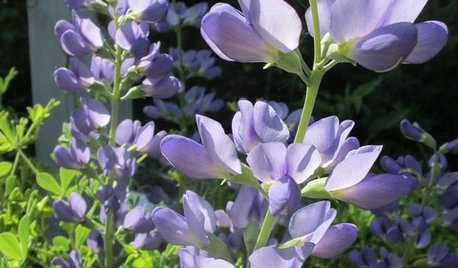
GARDENING GUIDESGreat Design Plant: Dwarf Blue Indigo Offers Carefree Beauty
Drought tolerant and a bumblebee magnet, spiky Baptisia australis may be the easiest plant you ever grow
Full Story
UPHOLSTERYFabric Focus: Cozy, Carefree Cotton
Here’s why you should consider making cotton king in your home decor
Full Story
CONTAINER GARDENSPatio-Perfect Berry Bushes Like You’ve Never Seen
Small enough for pots but offering abundant fruit, these remarkable bred berries are a boon for gardeners short on space
Full Story
KITCHEN DESIGNModern Storage and Sunshine Scare Away the Monster in a Kansas Kitchen
New windows and all-white cabinetry lighten a kitchen that was once dominated by an oversize range hood and inefficient cabinets
Full Story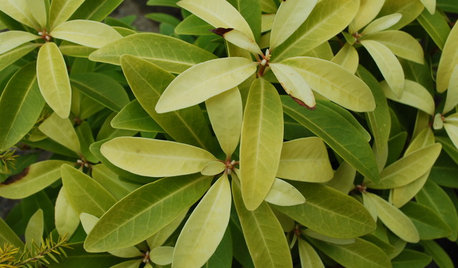
LIME FOLIAGEGreat Design Plant: Illicium Parviflorum ‘Florida Sunshine’
This shrub from the anise family brings a ray of chartreuse sunlight to the woodland garden
Full Story
CONTEMPORARY HOMESHouzz Tour: Sea Views and Sunshine on the French Riviera
An architect gets carte blanche to design a sumptuous, contemporary summer home on the edge of the sea
Full Story
CONTEMPORARY HOMESHouzz Tour: Home Expansion Lets the Sunshine In
A Dublin home expands to accommodate a couple’s growing family and their love of entertaining
Full Story
LIFESimple Pleasures: Cultivate Everyday Joie de Vivre
You can’t be on holiday all the time, of course, but you can enjoy that same carefree feeling right at home, right now
Full Story
ARCHITECTUREHouzz TV: Man Makes Himself at Home in a Missile Silo
You may have seen the article. Now watch the video of Alexander Michael’s subterranean missile-silo home in upstate New York
Full Story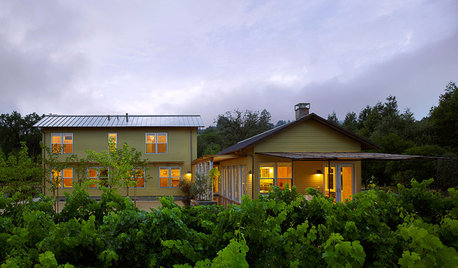
HOUZZ TOURSHouzz Tour: Warm Minimalism in the California Wine Country
Mixing yellow pine and lots of sunshine with a simple design, this vineyard getaway is just right for its site
Full StorySponsored
More Discussions






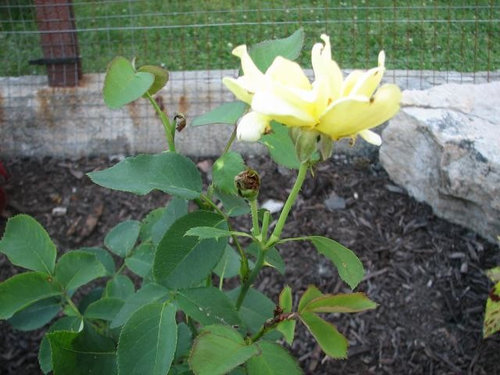
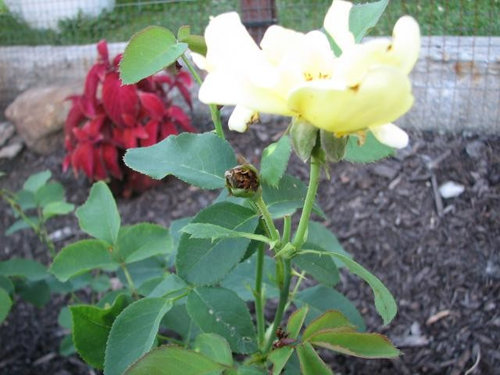

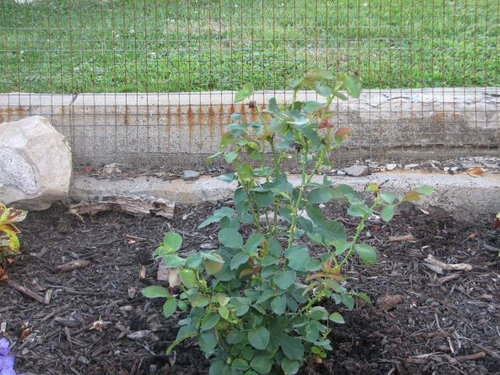
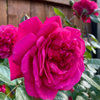
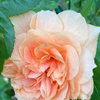
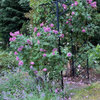

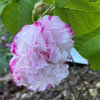
strawchicago z5